How to Negotiating Church Wedding Photography with Your Officiant
As a wedding photographer, I’ve navigated the unique environment of countless church ceremonies. While many are welcoming, I’ve also faced situations where restrictions significantly challenged my ability to capture the full story of a couple’s day. I’ve even been told I couldn’t take photos at all in some instances! I vividly remember one wedding where I was greeted by a well-meaning church representative who said, “Ah, a photographer, we’re so glad you’re here! Please, just stay right at the very back, between the entrance doors and the last row of pews.”
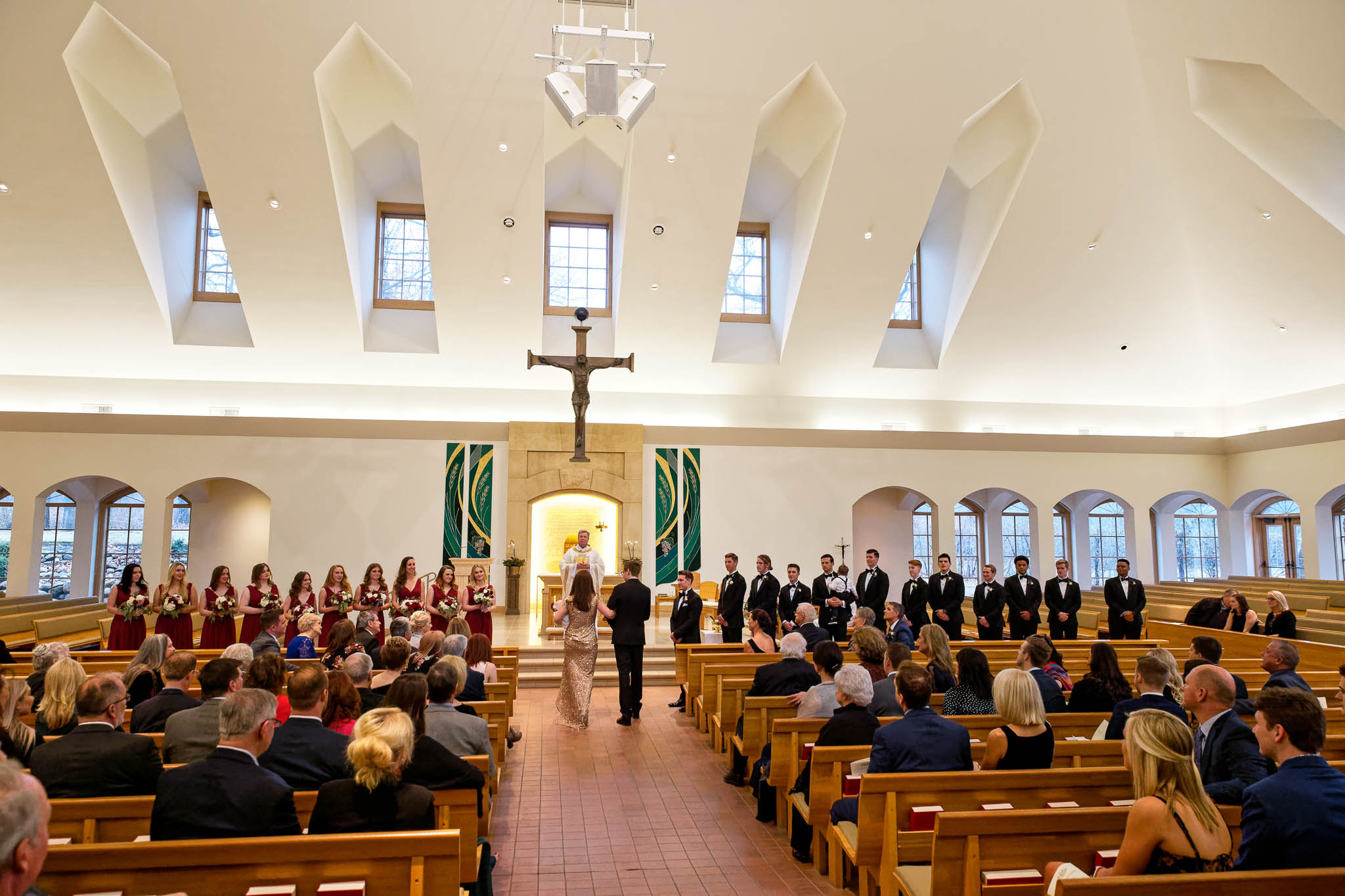
To get any usable shots from that distance, I had to resort to telephoto lenses typically used for wildlife photography – thankfully, I had them in my kit!
However, the limitations were clear: guests were mostly captured from behind, obscuring their emotional reactions, and those beautiful, spontaneous moments with children during the service were nearly impossible to seize. This experience, and others like it, underscore a common hurdle for couples: how do you ensure your precious memories are beautifully preserved when marrying in a church, while fully respecting the sanctity of the ceremony?
This guide aims to empower you, the future bride and groom, to proactively discuss your photography wishes with your religious officiant. The goal is to ensure your special day is captured as you’ve always dreamed, avoiding such photographic compromise. And sometime, all you need is open communication and understanding.
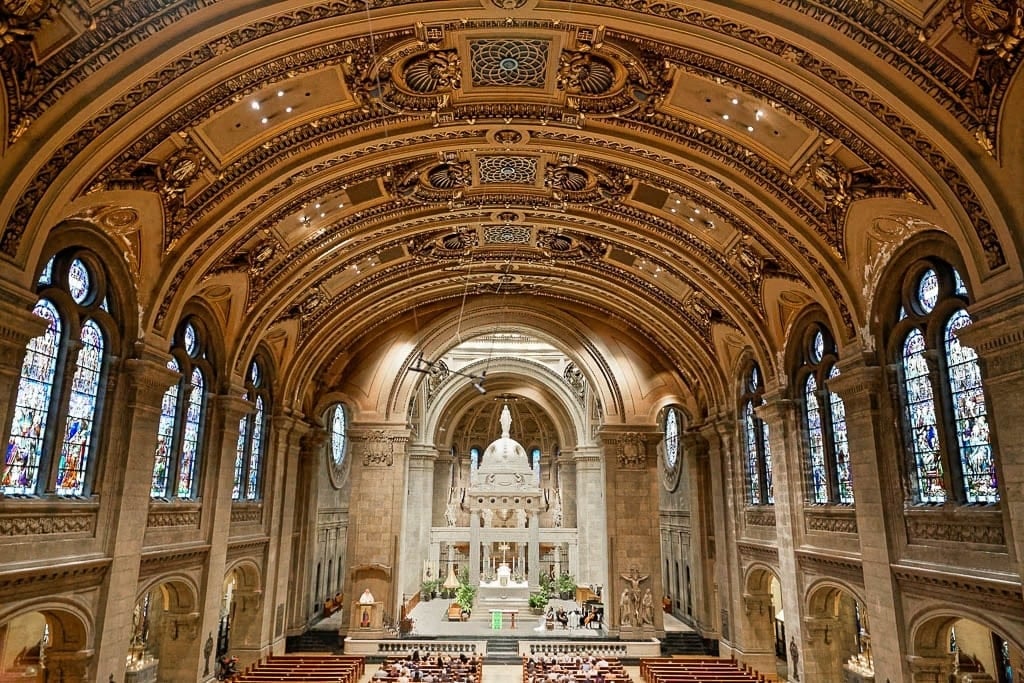
Table of Contents
Why Churches Have Rules
Before you can effectively discuss your wishes, it’s crucial to understand why many churches have photography restrictions. Approaching the conversation with empathy for their concerns will demonstrate your respect and willingness to collaborate. Often, these rules stem from:
- Maintaining Sanctity: A wedding ceremony is, first and foremost, a sacred rite. Officiants strive to prevent anything from distracting the couple, guests, or disrupting the spiritual atmosphere.
- Past Negative Experiences: Unfortunately, some officiants or church staff have encountered photographers who were intrusive, used distracting flashes, moved excessively, or were generally disrespectful. That was especially true 30 years ago when photographers were using films. Indeed, due to the film limitation they then needed to use flash which distract.
This lead to stricter rules for everyone. - Focus on the Ceremony: The primary focus must remain on the marriage sacrament or religious service. It’s totally obvious that nobody want this moment to feel like a photoshoot.
- Respect for the Sacred Space: Certain areas, particularly the altar or sanctuary, are considered especially sacred and may have specific restrictions. Pretty often photographers are not allowed on the altar.
A Note on Assumptions: young does not mean photographer friendly
It’s easy to assume a younger priest might be more relaxed about photography, or an older one more conservative. However, this often isn’t the case. A priest who is young and very friendly with you in person might still hold firm views on maintaining the solemnity of the ceremony with minimal photographer presence. Conversely, an older priest might be surprisingly open and accommodating. Each officiant’s approach is individual, shaped more by their personal convictions and past experiences than by their age.
Talking About Your Photos
When you schedule a dedicated meeting to discuss your wedding details with your priest or pastor, this is your opportunity to build understanding and find common ground regarding photography. It’s more than just asking for permission; it’s about fostering a collaborative spirit.
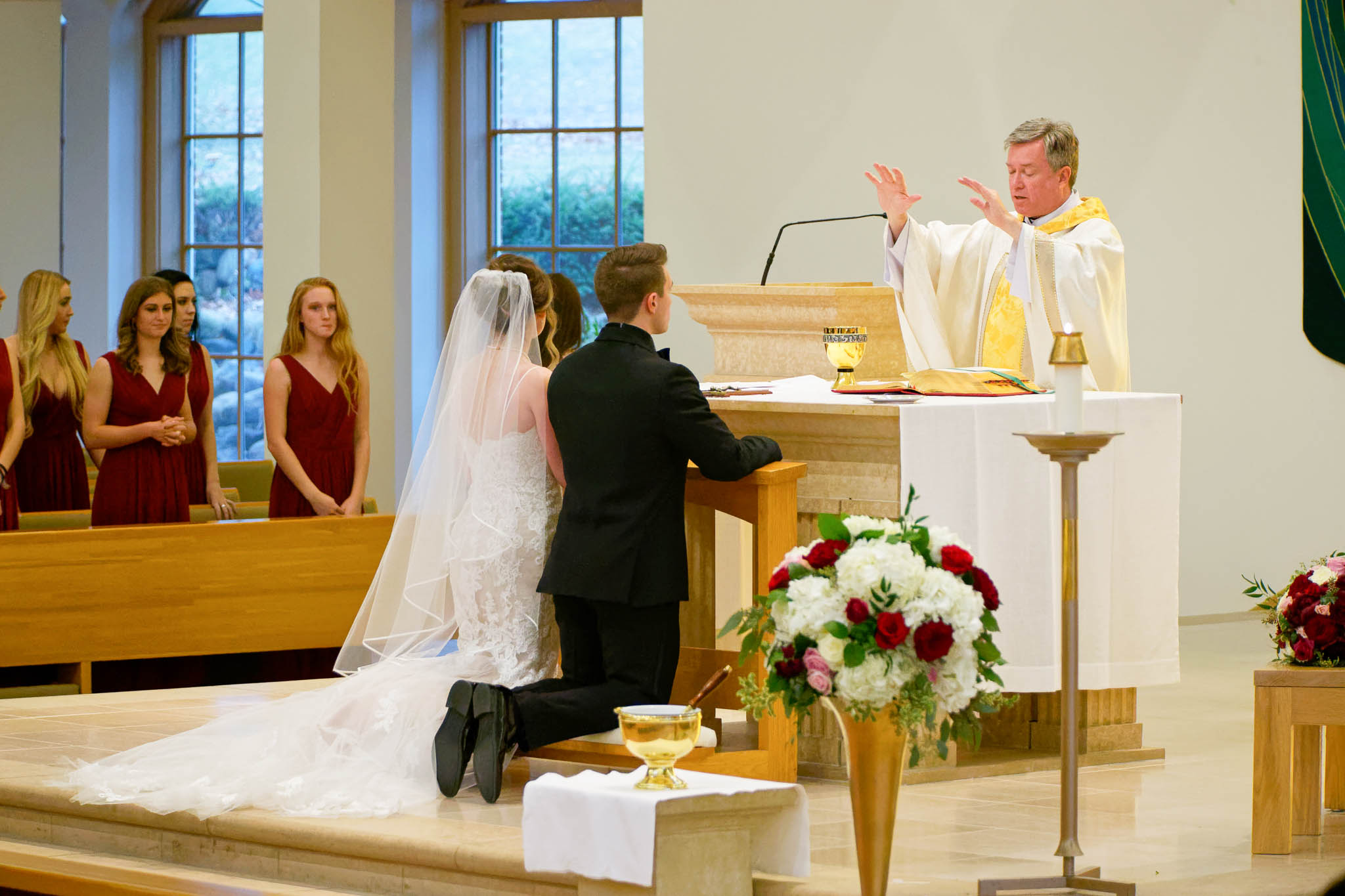
That First Chat with your officiant
Begin by expressing your genuine excitement and gratitude for the opportunity to celebrate your marriage in their church. Perhaps mention what draws you to that particular sacred space, showing that your choice is thoughtful. This initial warmth and appreciation can set a positive foundation for the rest of your conversation.
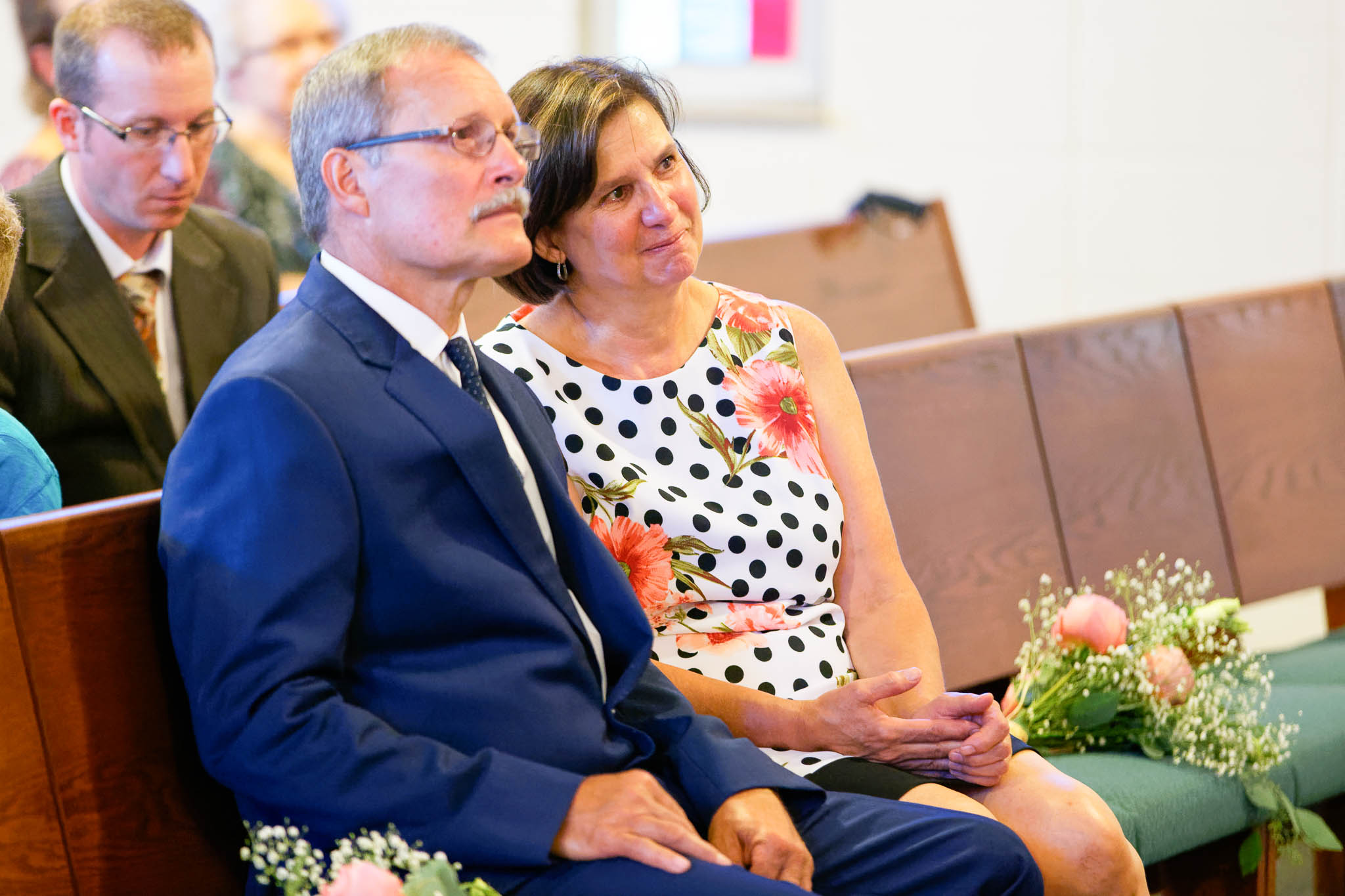
Explain Why the Photos Matter to you
Once you’ve established a connection, you can gently transition to your hopes for photography. You might explain, “Father/Pastor, the sacrament we are about to undertake here is incredibly meaningful to us. We hope to have photographs that will allow us to cherish the sanctity and emotion of the ceremony for our entire lives. These aren’t just pictures for us; they’ll be a lasting reminder of the vows we make before God and our families, and a way to share the story of our faith and this commitment with future generations.”
Framing your desire in terms of preserving the memory of a sacred event, rather than just wanting nice pictures, can resonate more deeply.
Working Out the Details
Here’s where you can discuss the practical aspects of how your photographer will capture your day respectfully.
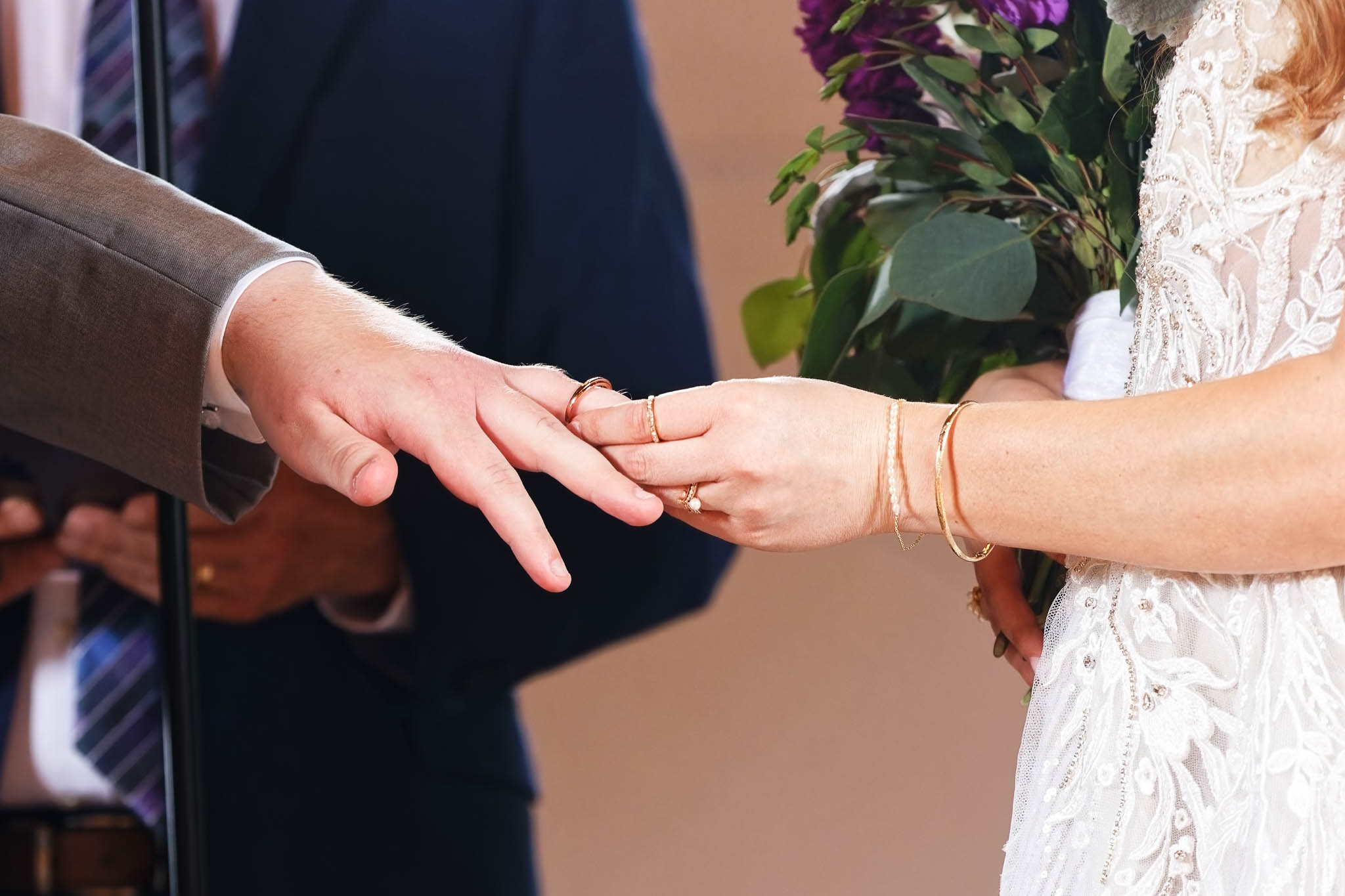
Chatting About Key Shots
When discussing specifics, such as the photographer’s positioning, it’s important to articulate why certain access is beneficial. For instance, if you hope for the photographer to be closer than the very back of the church, you could say: “We understand and deeply respect the need for reverence throughout the service. We have chosen (or will choose) a photographer who is experienced in working discreetly in church settings. However, we also know that if they are confined solely to the back, it will be difficult to capture the expressions of our loved ones, the full involvement of any children present, or the intimate moments of our vows from a perspective that truly reflects our experience. Our hope is to identify a few unobtrusive vantage points, perhaps from a side aisle or another agreed-upon spot, that would allow for this without disrupting the solemnity of the service.”
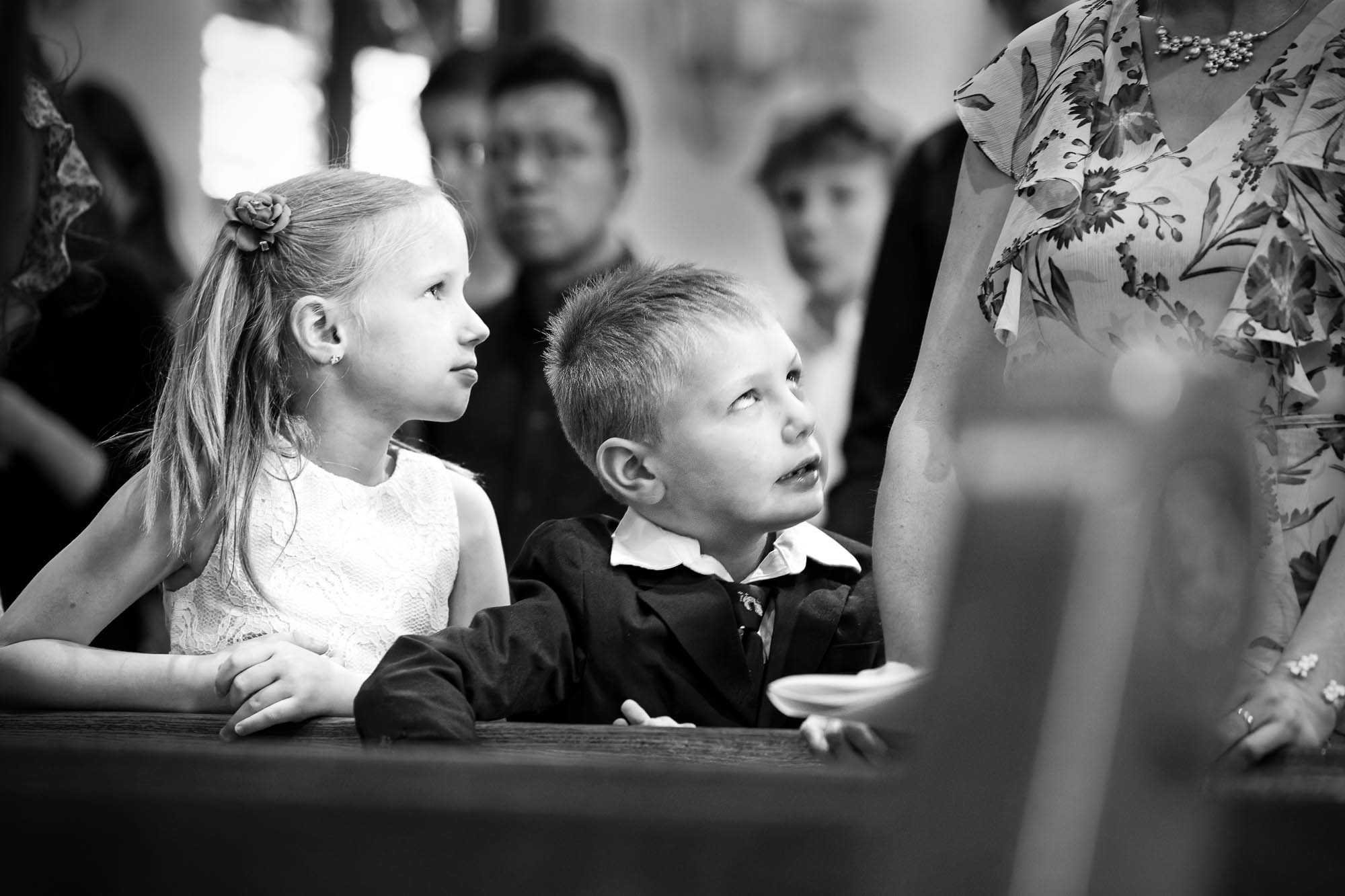
Your Photographer’s Promises
This is also the time to offer concrete reassurances about professionalism and respect for the church’s atmosphere. “We want to emphasize that our priority is for the focus to remain on the sacred rites. Our photographer will work entirely without flash, using modern, quiet camera equipment. They are also committed to adhering strictly to any guidelines about movement, especially during solemn parts of the service like prayers or the consecration.” You might add that having a single, discreet professional can often be less distracting than multiple guests attempting to take photos with their phones, and you could even suggest encouraging an “unplugged ceremony” for your guests to underscore your commitment to minimizing distractions.
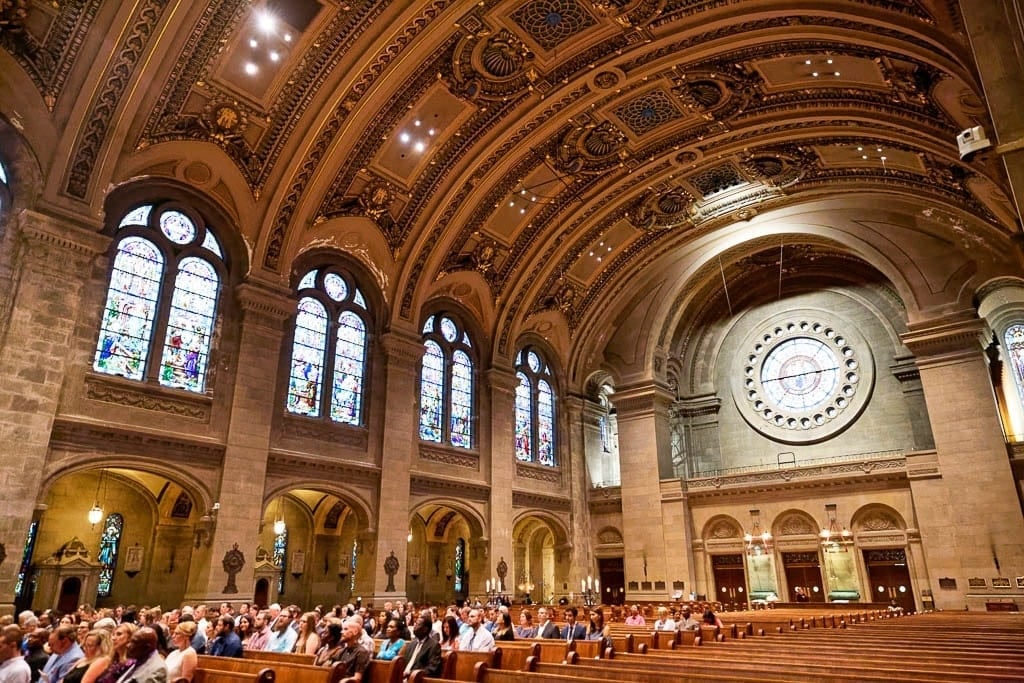
Planning Together
Emphasize your desire to collaborate and find workable solutions together. “We are not looking for a photoshoot during the ceremony, but rather a respectful documentation of this profound moment. We would be very grateful if our photographer could attend the wedding rehearsal. This would allow them to understand the flow of the service, see the space, and perhaps even briefly discuss with you the best ways to work within your guidance, ensuring everyone is comfortable on the day.”
It’s about demonstrating that your desire for comprehensive photography comes from a place of wanting to honor and remember the significance of the day, and that you are fully prepared to ensure it’s done in a way that respects the church environment. While you always have the ultimate choice of where you marry, approaching this conversation with a spirit of collaboration, rather than an ultimatum, is almost always more fruitful. The discussion about choosing another venue should only be a very last consideration, expressed with regret, if all attempts at finding a respectful compromise on truly essential photographic elements have been exhausted.
More Helpful Tips
Beyond the main discussion points, a few other strategies can help:
- Review Church Guidelines Early: As soon as you book your church, ask for any written wedding guidelines. These often include photography and videography rules, giving you a starting point for your conversation.
- Ask “Why?” Respectfully: If a particular rule seems very restrictive, don’t be afraid to respectfully ask for the reasoning behind it. Understanding the underlying concern can help you and your photographer propose a targeted solution.
- Limit Photography During Specific Sacred Moments: If the officiant is hesitant about continuous photography, you might negotiate for coverage during key parts like the procession, exchange of vows and rings, and the recessional, with an agreement for the photographer to be completely still and out of sight during the most sacred moments, such as the Eucharist in a Catholic wedding.
- Pre-Ceremony and Post-Ceremony Photos: Regardless of ceremony restrictions, ensure you have time allocated for photos before guests arrive (e.g., shots of the empty church, details) and for formal photos with family and the wedding party at the altar or other desired spots within the church immediately after the ceremony.
- Re-enactments as a Last Resort: If ceremony photography is severely limited despite your best efforts, discuss the possibility of re-enacting key moments like the ring exchange or the kiss immediately after the service for photographic purposes.
- Get it in Writing: Once you’ve reached an agreement, politely ask if it’s possible to have a summary of the agreed-upon photography guidelines. This helps prevent misunderstandings on the wedding day.
Good Communication
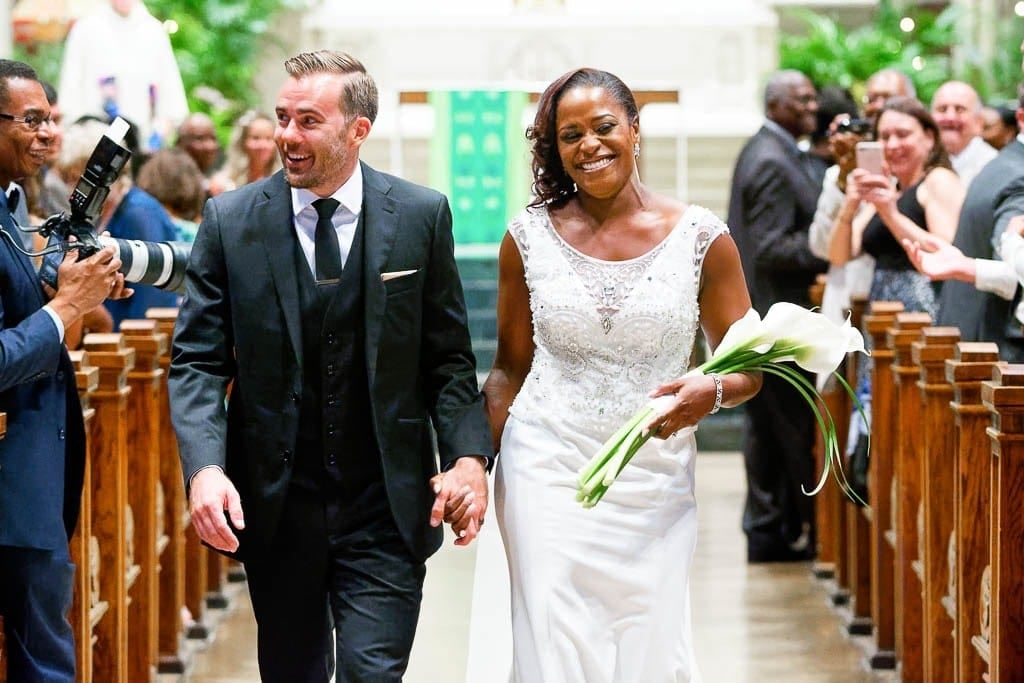
Throughout all your discussions, maintaining a tone of respect, understanding, and gratitude is paramount. Remember that your priest or pastor’s primary responsibility is to the sanctity of the religious ceremony. Listen actively to their concerns, express your desires clearly but flexibly, and show that you are willing to work within the church’s framework.
By approaching this conversation thoughtfully and collaboratively, you can significantly increase the likelihood of capturing your cherished wedding moments in the beautiful and meaningful setting of your church, ensuring the ceremony remains a reverent and joyful occasion for everyone involved.
Your Photographer Choice
Finding a photographer who not only takes beautiful pictures but also truly understands the unique environment of a church wedding is so important. Someone with proven experience navigating these specific settings respectfully can make all the difference in how your day is captured and remembered.
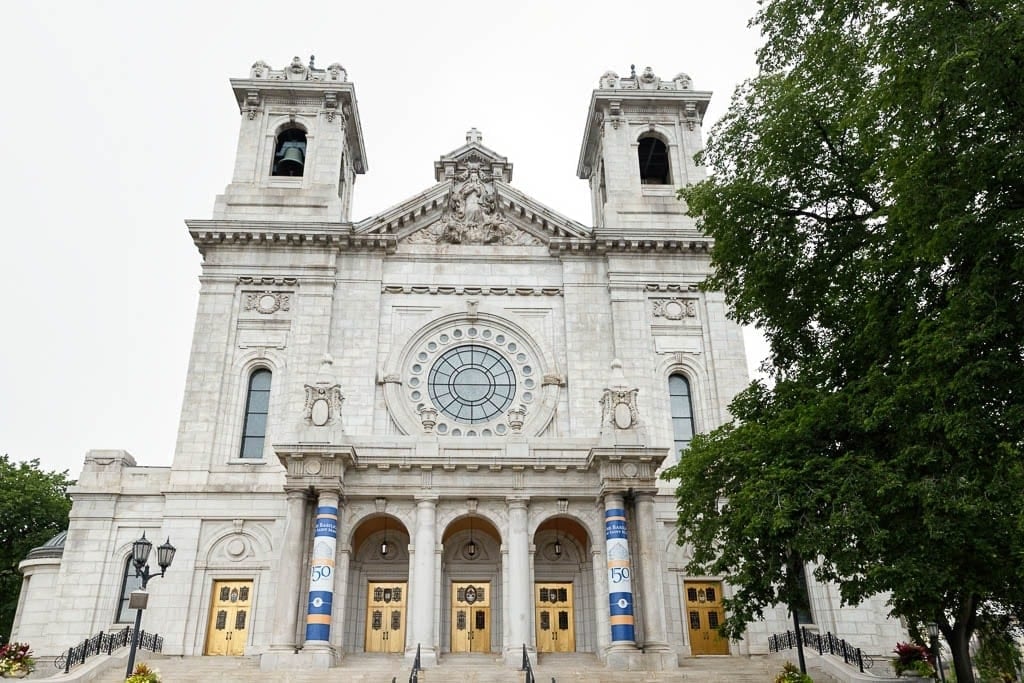
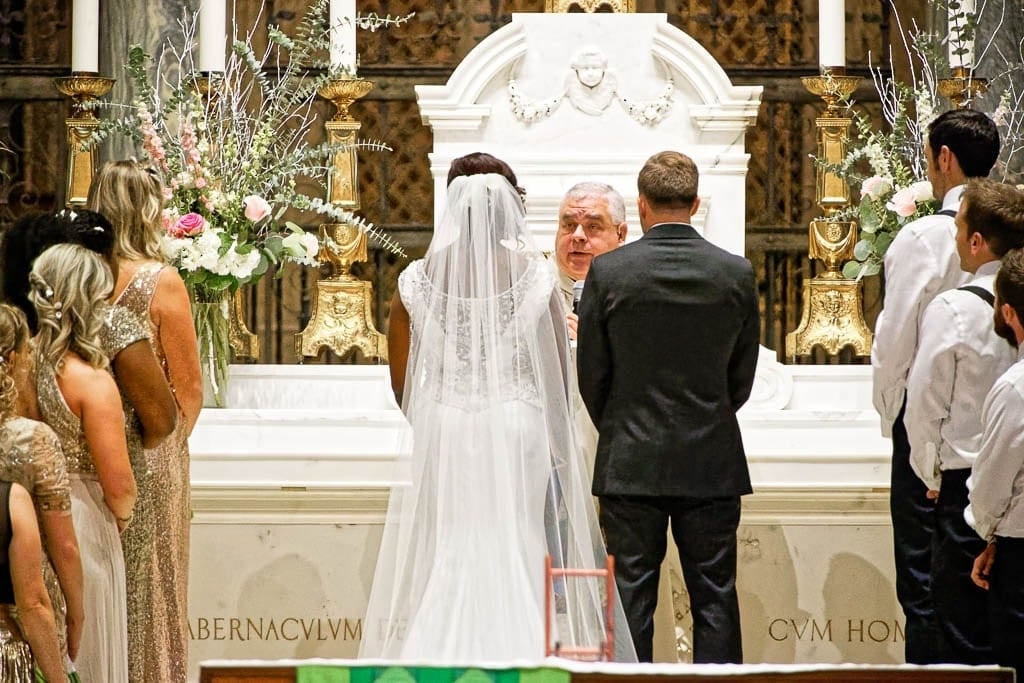


If you’re looking for a photographer who is committed to being discreet, deeply familiar with church ceremony etiquette from over 20 years of experience, and dedicated to beautifully documenting sacred vows, I would be honored to discuss how I can help capture your special day. Please feel free to reach out to learn more.
